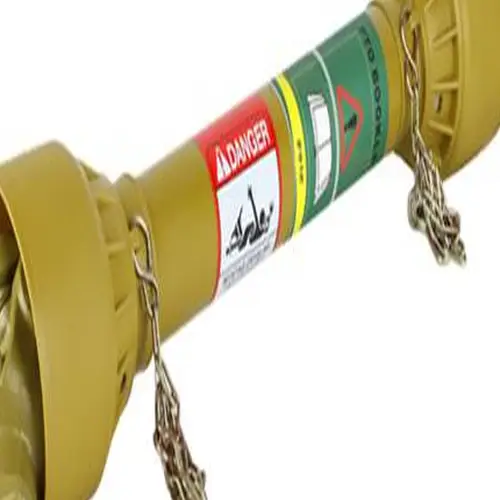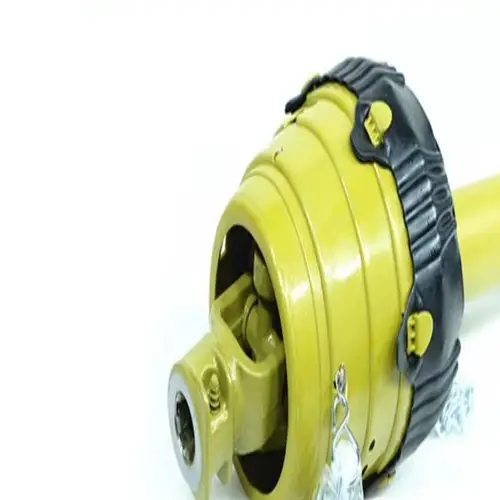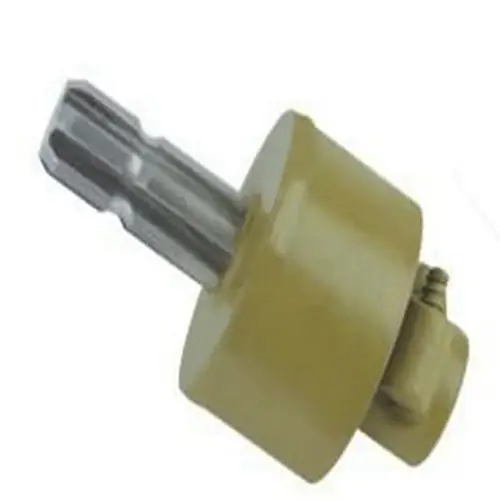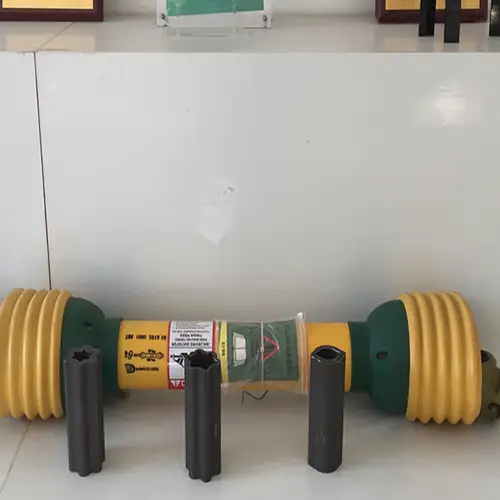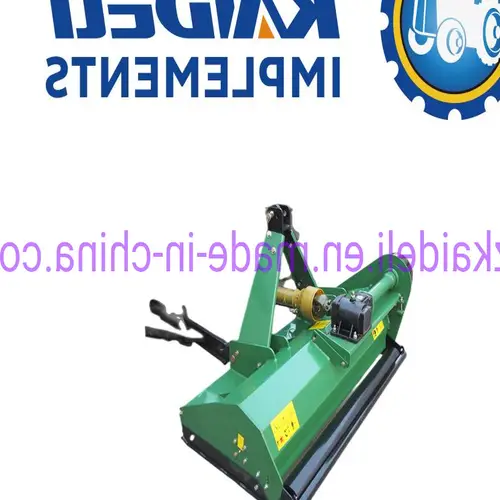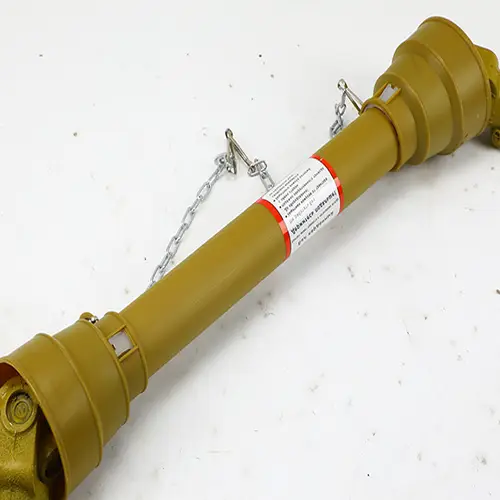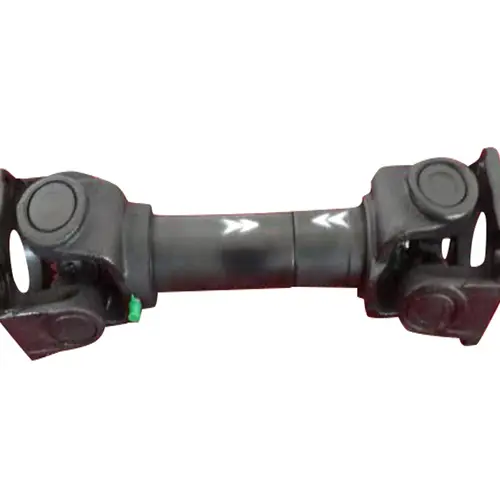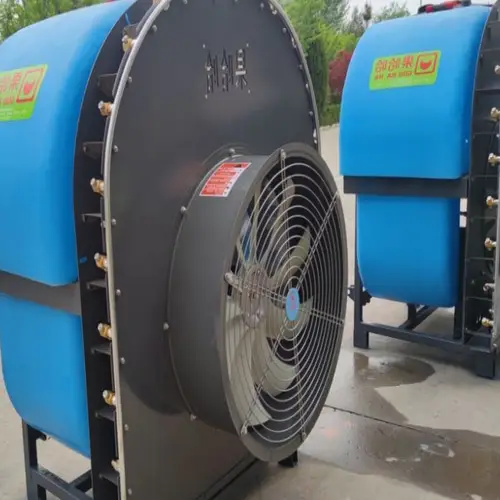
Top-Quality Agricultural Tractor Machinery: Sprayers, Gearboxes, and PTO Shafts
Product Description
Introduction: This advanced machinery is designed to work seamlessly with tractors, leveraging the tractor PTO as the primary power input to operate the liquid pump and fan. It is comprised of a robust rack, a 600L water tank, a diaphragm pump, a powerful fan, and multiple nozzles. This equipment is ideal for enhancing agricultural efficiency and productivity.
Features:
- Compact size and cost-effective
- Durable and sturdy construction
- High flexibility with air spray technology
- Even and fine atomization
Applicable: This machinery is best suited for small to medium-sized orchards. It is compatible with tractors that have a horsepower of 40 or more (equipped with PTO), with a planting distance of more than 3 meters, and capable of maneuvering between rows.
Detailed Photos
[Insert detailed photos here]
| ITEM | SPECIFICATION |
| Model | X600 |
| Power Support | Over 40 HP Tractor |
| Pressure Adjusted | 1.5-2.5 Mpa |
| Volume | 600 liters |
| Rated Speed | 450-550 r/min |
| Pump | Plunger Pump |
| Flow | 16-64 L/MIN |
| Stirring Method | Backwater and Mixer |
| Spraying Range | 6-10 meters |
| Nozzle Number | 14 |
| Size | 1150x1270x1520 mm |
| Controller | Included |
| Efficiency | 0.6-0.8 acres per barrel |
| Weight | 255 KG |
Other Products
At EVER-POWER GROUP, we specialize in providing an extensive range of industrial products to meet your agricultural needs. Our offerings include high-quality agricultural gearboxes, power output shafts, sprockets, fluid couplings, worm gear reducers, gears and racks, roller chains, pulleys, planetary gearboxes, timing pulleys, and bushings. We pride ourselves on delivering exceptional products at competitive prices, coupled with superior customer service. We welcome customers to bring their custom drawings and samples for tailored solutions.
Frequently Asked Questions (FAQs)
1. What is the main application of this sprayer?
The sprayer is primarily designed for use in small to medium-sized orchards and is compatible with tractors that have a horsepower of 40 or more.
2. What kind of pump does the sprayer use?
It uses a high-efficiency plunger pump, ensuring reliable and consistent operation.
3. How much area can one barrel cover?
One barrel can cover between 0.6 to 0.8 acres, making it quite efficient for agricultural use.
4. Can the sprayer be customized?
Yes, customers are welcome to provide custom drawings and samples for personalized solutions.
5. What other products does EVER-POWER GROUP offer?
We offer a wide range of industrial products including agricultural gearboxes, PTO shafts, sprockets, and many more to meet various agricultural needs.
All the content of the page is from the Internet, the content is only as a reference for product selection, our products are replacement parts and not original spare parts; we are not the holder of the original trademarks of the content, our products are only suitable for after-sales replacement parts and not original spare parts, our replacement parts can be perfectly adapted to the original spare parts; if you need to buy original spare parts, please contact the original factory to buy. If you want to buy original spare parts, please contact the original supplier for purchase.
Performance Characteristics of Tractor PTO Shaft
The Tractor Power Take-Off (PTO) shaft is a crucial component in the efficient functioning of agricultural machinery. Its performance characteristics can be elaborated as follows:
- Durability: Constructed using high-grade materials, the PTO shaft offers excellent resistance to wear and tear, ensuring a prolonged service life.
- Flexibility: The design accommodates various angles and lengths, allowing it to adapt to different types of equipment seamlessly.
- Efficiency: It ensures optimal power transmission from the tractor to the attached implement, maximizing operational efficiency.
- Safety Features: Equipped with protective guards and safety mechanisms to minimize the risk of accidents during operation.
- Easy Maintenance: The modular design allows for easy disassembly and maintenance, reducing downtime and repair costs.
Types and Characteristics of Tractor PTO Shaft
Tractor PTO shafts come in various types, each suited for different applications. Understanding these types and their characteristics can help in selecting the appropriate shaft.
- Standard PTO Shafts: These are commonly used for general agricultural operations and are known for their robustness and reliability.
- Telescopic PTO Shafts: Featuring adjustable lengths, these shafts are ideal for equipment that requires variable distances between the tractor and the implement.
- Wide-Angle PTO Shafts: Designed to operate efficiently even at sharp angles, making them suitable for cornering and uneven terrain.
Advantages of PTO Shafts Made of Different Materials
The material composition of PTO shafts significantly impacts their performance and durability. Here are some common materials used and their benefits:
- Steel: Known for its strength and durability, steel PTO shafts can withstand heavy loads and high stress, making them suitable for demanding applications.
- Aluminum: Lighter than steel, aluminum shafts offer excellent resistance to corrosion and are easier to handle, making them ideal for lighter machinery.
- Composite Materials: Combining the benefits of different materials, composite PTO shafts provide a balanced mix of strength, lightness, and flexibility.
Applications of Tractor PTO Shaft in Various Fields
The versatility of the tractor PTO shaft makes it valuable across multiple industries. Here are some of its key applications:
- Agricultural Machinery: Essential for operating a variety of implements such as mowers, balers, and tillers, enhancing the efficiency of farming operations.
- Construction Equipment: Used to power hydraulic pumps, cement mixers, and other construction tools, facilitating efficient construction processes.
- Industrial Equipment: Employed in powering machinery like conveyors and generators, contributing to industrial automation and productivity.
- Marine Equipment: Utilized in marine applications to drive water pumps, winches, and other essential equipment, ensuring smooth maritime operations.
- Forestry Equipment: Powers machinery like wood chippers and log splitters, aiding in efficient forestry management.
Future Development Trends and Opportunities
The continuous evolution of technology presents numerous opportunities for the development of tractor PTO shafts. Future trends may include:
- Enhanced Safety Features: Incorporation of advanced sensors and automation to prevent accidents and improve operational safety.
- Material Innovations: Development of new composite materials that offer superior strength and flexibility while reducing weight.
- Smart Technology Integration: Integration of IoT and smart monitoring systems to provide real-time data on performance and maintenance needs.
These advancements will not only improve the efficiency and safety of PTO shafts but also open new avenues for their application in diverse fields.
Choosing a Suitable Tractor PTO Shaft
Selecting the right PTO shaft for your needs involves several considerations:
- Determine Application Requirements: Assess the specific needs of your equipment to ensure compatibility with the PTO shaft.
- Evaluating Power Requirements: Ensure the PTO shaft can handle the power output of your tractor and the demands of the implement.
- Check Speed and Torque Specifications: Verify that the speed and torque ratings of the shaft match the operational parameters of your equipment.
- Measuring the Length of the Shaft: Accurately measure the required length to ensure proper fit and function.
- Evaluate Connection Type: Confirm that the connection type of the shaft is compatible with both the tractor and the implement.
- Check Safety Features: Ensure the shaft is equipped with necessary safety features to protect against accidents and injuries.
Conclusion
The tractor PTO shaft is a vital component in various machinery applications, offering durability, efficiency, and flexibility. Understanding its performance characteristics, types, and material advantages can aid in selecting the right shaft for specific needs. Its applications span across agricultural, construction, industrial, marine, and forestry fields, highlighting its significance. With future advancements in safety, materials, and smart technology, the PTO shaft is poised for continued growth and innovation. By carefully evaluating application requirements, power, speed, torque, length, connection type, and safety features, users can ensure they choose the most suitable PTO shaft for their equipment.
Author: Dream

